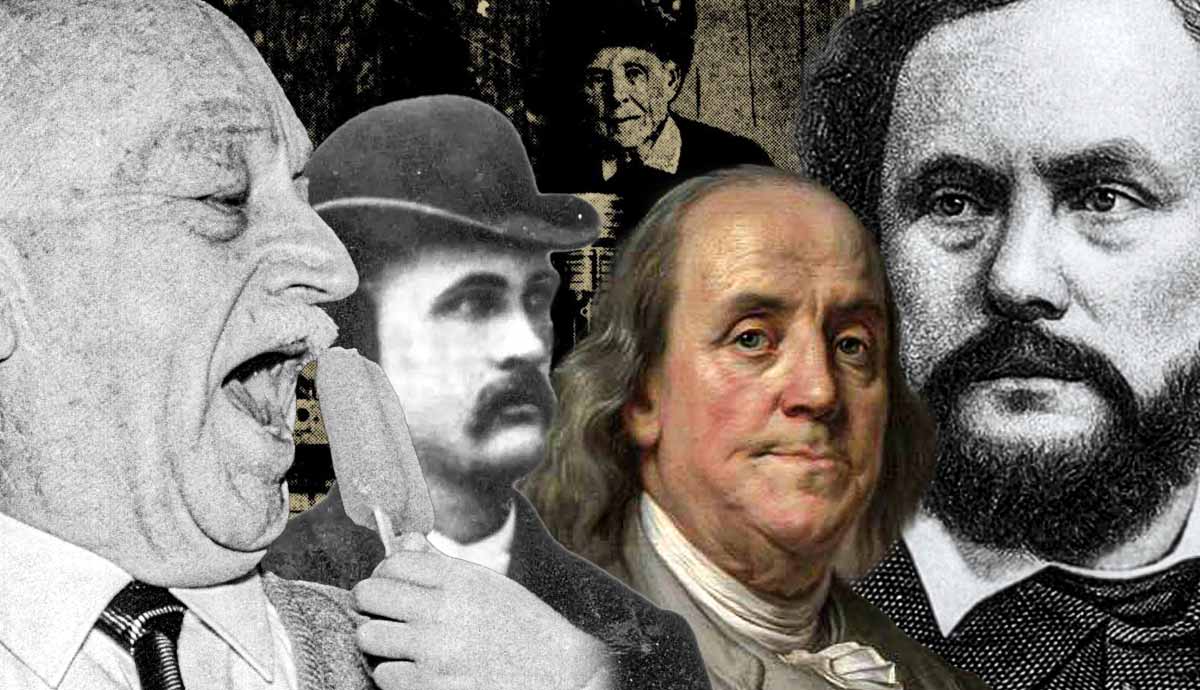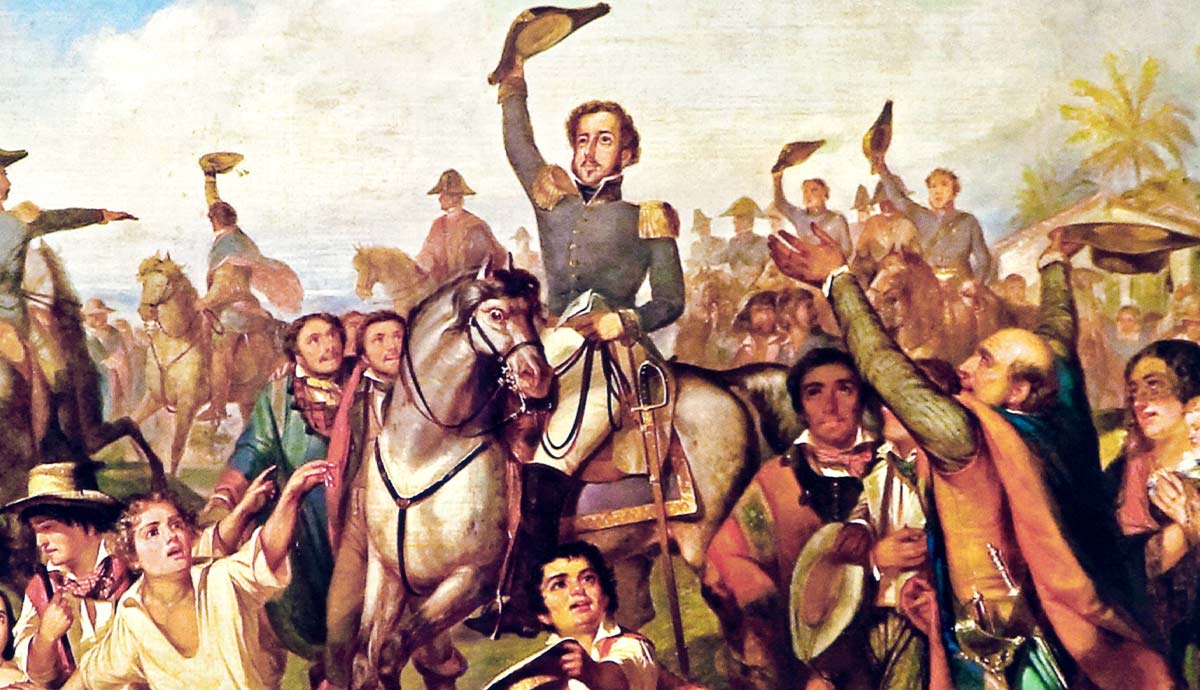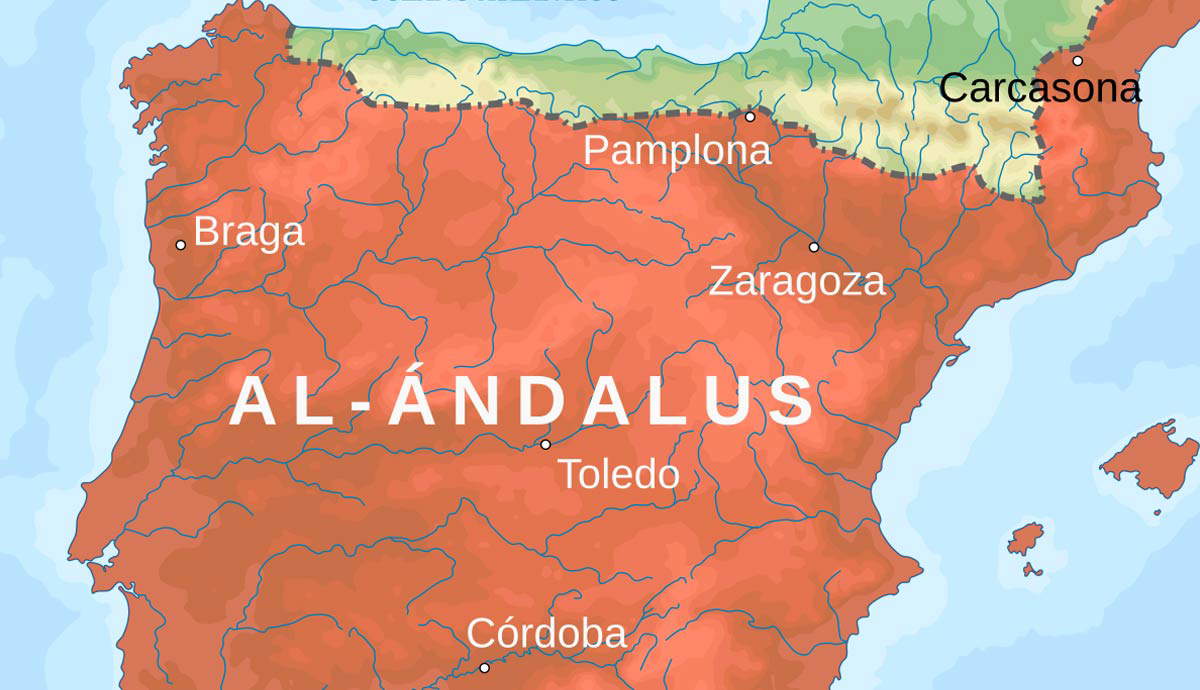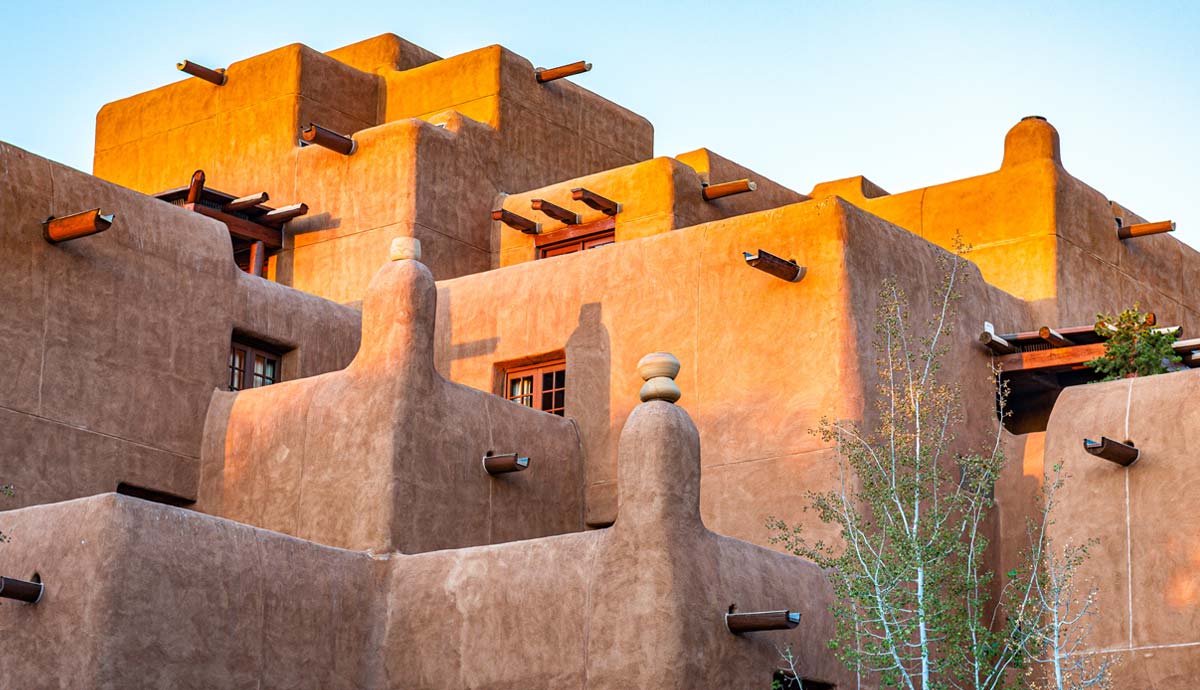
Compared with countries in the Eastern Hemisphere, the United States is a young country. Founded in 1776, it is a mere babe by European standards. Yet much of what the United States is predates the Declaration of Independence.
In the form of towns and cities, these colonial remnants still exist and are testament to the fact that the foundation of the United States existed long before the United States was born!
A Disclaimer on Definition

Commons
The definition for what constitutes the “Oldest Town” in the United States is fraught with specific criteria and problematic representations. There is an unspoken definitional bias that excludes Native American settlements, which has a legal and historical precedent. For classification purposes, these communities are considered part of sovereign nations and are treated as domestic dependent nations. As such, communities in these areas do not meet the municipal standards for what constitutes an “incorporated” town or city. When the laws were written, there were issues regarding the legal status of Native American territory within the United States. Areas that are still governed by tribal law do not fit the legal classification for a city or town in the same way as Boston, New York, or Santa Fe.
While the legal status remains, addressing the term to include Native American settlements yields several places far older than any European settlement. Special mention would have to extend to the Hopi community of Old Oraibi, Arizona, which has been continually inhabited for 600 to 1,000 years. Taos Pueblo (not to be confused with the town of Taos, which lies outside the reservation) in New Mexico is a spectacular multi-storied village that has also been inhabited for around 1,000 years and is designated as a UNESCO World Heritage site. Acoma Pueblo, New Mexico, is often cited as the oldest continually inhabited settlement in the US, and is believed to have been founded between 1100 and 1250 CE. For the sake of No. 5 on this list, Kecoughtan is mentioned, as it is inexorably linked to Hampton, Virginia.
1. San Juan, Puerto Rico

While not a state, but rather an unincorporated territory of the United States (a subject of much political debate), Puerto Rico holds the distinction of having the oldest continuously inhabited European-founded city in the United States. Its capital, San Juan, was established by Spanish colonists in 1521 as Ciudad de Puerto Rico de San Juan Bautista in an area that was inhabited by the Taíno people, the original inhabitants of the island. Much of the archaeological evidence for former settlement was destroyed during colonial times, and as such, it is difficult to attain a full picture of San Juan’s pre-Columbian history.
San Juan was not the first settlement, but it represents the oldest continually inhabited settlement. The original settlement of Caparra, founded in 1508, was abandoned and moved to San Juan. Through the colonial era, San Juan represented a highly valuable strategic target and was the victim of the attentions of both English and Dutch military forces. Nevertheless, it remained, for the most part, under Spanish control until the Spanish-American War in 1898, after which Puerto Rico was ceded to the United States.
Today, San Juan is a vibrant city with beautiful beaches and parks, as well as historic Spanish-era buildings and modern skyscrapers. It serves as the industrial and commercial heart of Puerto Rico, and is home to around 340,000 people of varying cultural and ethnic backgrounds.
2. St. Augustine, Florida
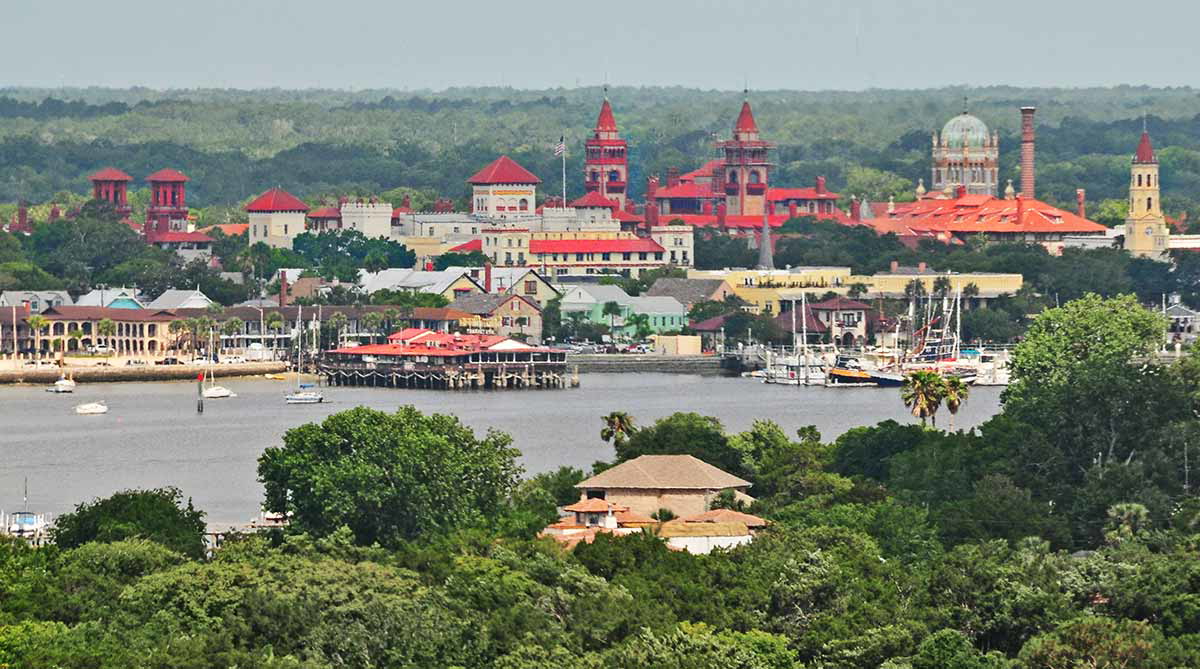
On the northeast coast of Florida, St. Augustine’s claim to fame is that it is the oldest city within any of the US states. Located 40 miles south of Jacksonville, St. Augustine was founded by the Spanish in 1565. Established 11 days after the Feast Day of Saint Augustin, the city was originally named San Agustin by its founder, Pedro Menéndez de Avilés, who served as Florida’s first governor.
St. Augustin served as the capital of Spanish Florida for 200 years before it was taken over by the British in 1763, when it was ceded in the First Treaty of Paris, which ended the Seven Years’ War.
Florida was returned to Spain in 1783 after the Treaty of Versailles, and later ceded to the United States in 1819, after which the city alternated as capital of Florida with Pensacola until 1824, when Tallahassee was designated as the permanent capital.
Today, St. Augustine is a popular tourist destination that includes many historical attractions as well as beautiful surroundings and idyllic beaches. It is home to the oldest masonry fort in the United States, Castillo de San Marcos. Inside the town, St. George Street and its surrounds are a charming place with cobblestone streets lined with cafés, shops, restaurants, and significant landmarks.
Popular attractions also include a Ripley’s Believe It or Not! Museum, and a breathtaking beach with a relaxed and family-friendly vibe. Another significant attraction is Ponce de Leon’s Fountain of Youth Archaeological Park, which showcases the city’s Spanish past.
3. Jamestown, Virginia
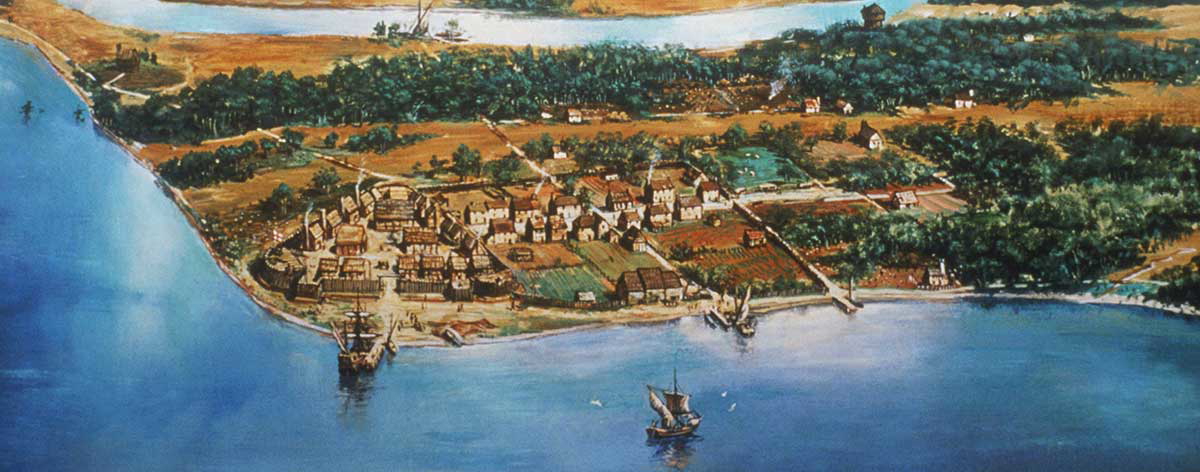
One of the most famous colonial points of interest, Jamestown was founded in 1607 and is recognized as the first permanent English settlement in the Americas. The early years of the town were marked by hardships including disease and famine, as well as conflict with the Indigenous population. During “the Starving Time” of 1609 and 1610, only 60 of the colony’s original 214 settlers survived. The survivors abandoned the colony, but returned after receiving supplies.
John Rolfe was credited with helping the town survive by introducing his tobacco crop, which became Virginia’s most prominent export. His marriage to Pocahontas in 1614, also helped bring about an era of peace between the English and their Indigenous neighbors. In 1616, the couple traveled to England to promote the Jamestown colony. Sadly, Pocahontas did not return to her native Virginia. She died from a sickness while leaving England in March 1617, and was buried on the banks of the Thames.
In 1676, the settlement was burned down during Bacon’s Rebellion, but was rebuilt soon after. It then served as the colonial capital until 1699 when the capital was moved to Middle Plantation, later named Williamsburg.
In the 18th century, Jamestown was permanently abandoned, but its physical remains live on as an archaeological and historic site that serves as a national park that is open to visitors. The site is home to a replica of the original fort that was built there, as well as Powhatan Town, a recreation of a Native American settlement that exhibits the dealings the Native Americans had with the European colonizers.
4. Santa Fe, New Mexico
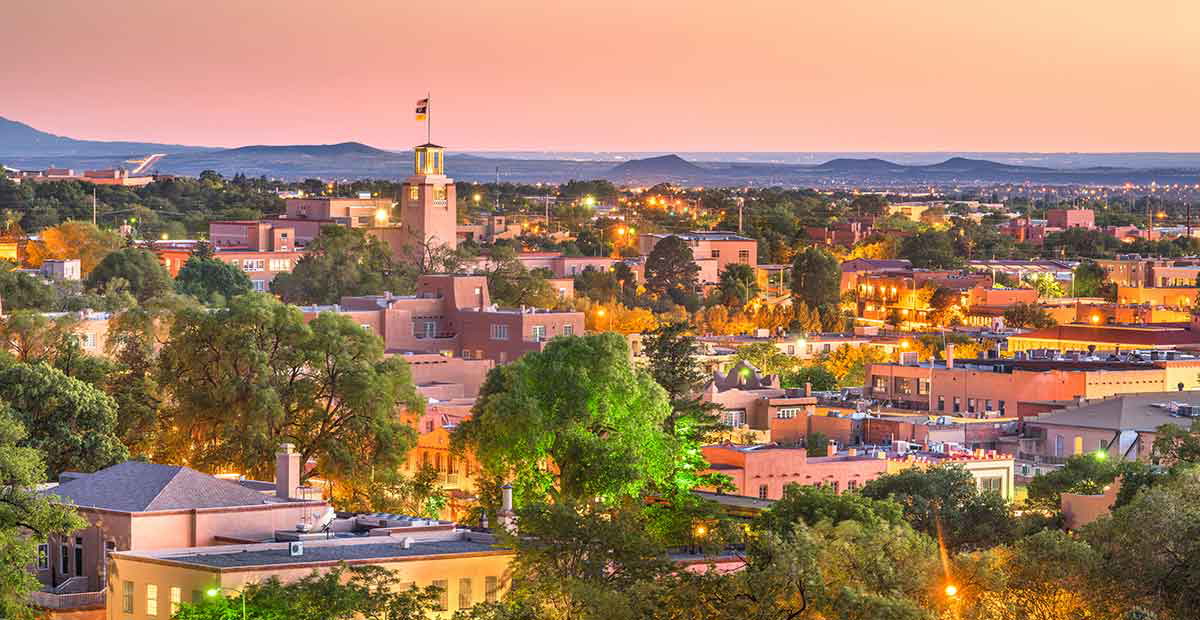
Led by Don Pedro de Peralta, Spanish colonists founded the city of Santa Fe in 1610 in what is now the Southwest United States. The first chapter of Santa Fe’s history was as the capital of Nuevo México, which was a province of New Spain. The Pueblo drove the Spanish out of Santa Fe in 1680, and the Spanish did not regain control until 12 years later, posing a definitional challenge to the claim of being one of the oldest continually inhabited cities.
Santa Fe was part of the Mexican Empire after 1821, when Mexico won its independence from Spain, but was ceded to the United States after the Mexican–American War in 1848. In 1851, Santa Fe became the capital of the US Territory of New Mexico, and later retained its status as the capital of New Mexico State.
Today, Santa Fe is a hub of culture that fuses the distinct styles of the Mexican, Spanish, American, and Indigenous people who have influenced its societal makeup. Despite having a population of around 90,000 people, the city boasts an impressive 250 art galleries, and three annual art events. Santa Fe also has one of the largest art markets in the United States. The art scene is one that encapsulates all the senses, including taste. Santa Fe is well-known for its culinary delights, which usually revolve around chili-inspired dishes.
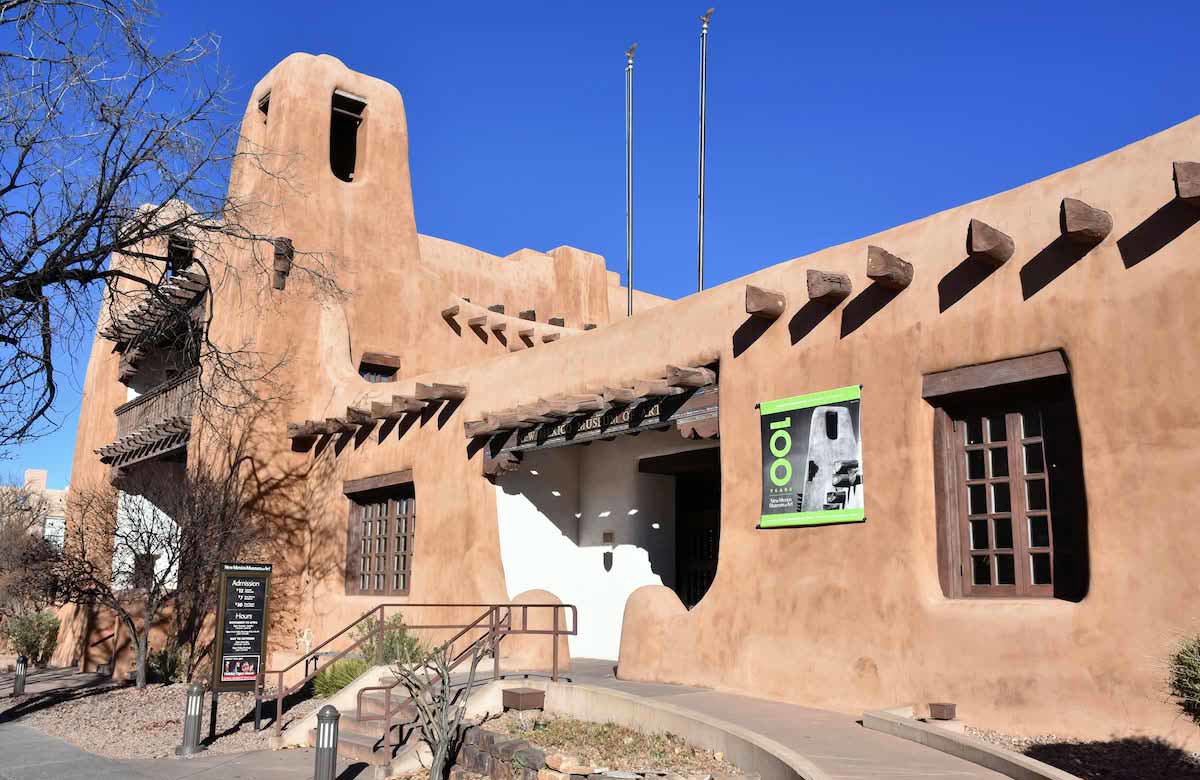
Adding to the cultural landscape is a Pueblo Revivalist movement that mimics the architectural features of traditional Indigenous buildings.
So prevalent are arts and culture in Santa Fe, that around 10 percent of the local population is involved in these industries! In 2005, the city made history by becoming the country’s first UNESCO designated Creative City.
5. Hampton and Kecoughtan, Virginia
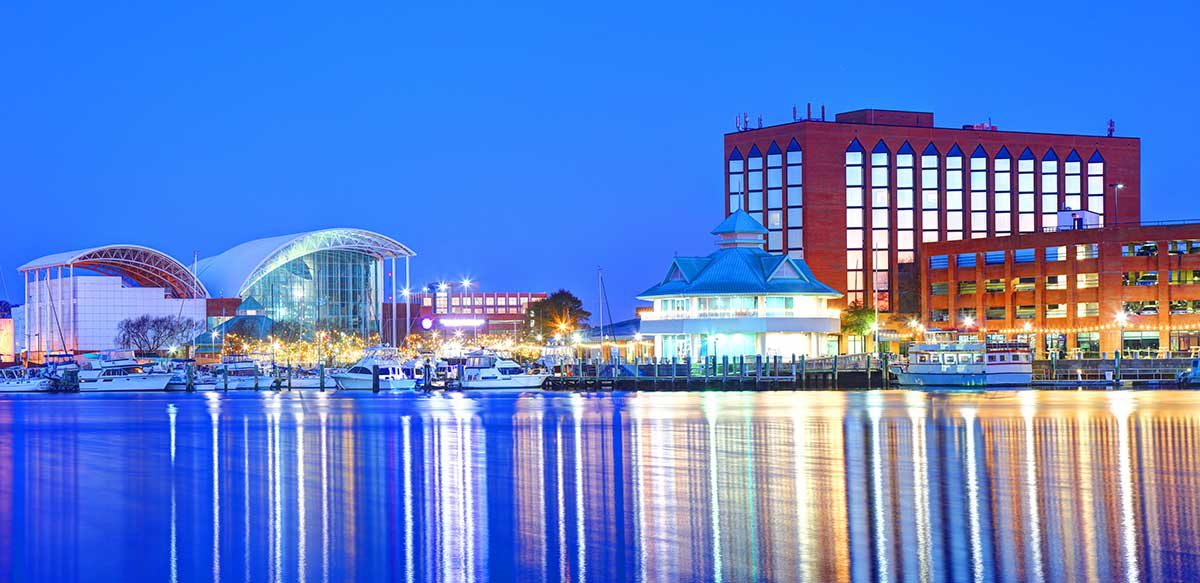
Before the arrival of English colonists, the area that became Hampton, Virginia, was populated by Powhatan peoples, and was known as Tsenacommacah. The arrival of the English changed this dynamic, and Hampton was established in 1610.
The nearby Powhatan settlement of Kecoughtan was originally on friendly terms with the colonists, but hostility soon broke out after 17 English mutineers were killed there in 1609. In the summer of the following year, Kecoughtan was captured and became Elizabeth City Parish, later incorporated into the young town of Hampton. The survivors fled to other groups within the Powhatan Paramount Chiefdom.
Because of its location, Hampton bore witness to the beginning and end of slavery in America. The first slaves to arrive through Hampton did so in 1619. A century and a half later, Hampton’s Fort Monroe was the site of one of the most important steps in the collapse of slavery. Here, slaves petitioned the Union commanding officer, and asked to be classified as “contraband of war,” thus ensuring that they would not be returned to their legal owner. Thousands of slaves followed suit, making their way to “Freedom Fortress,” to take advantage of this precedent.
Today, the population of Hampton is largely made up of descendants of the original colonists and the African-American slaves who flocked to Fort Monroe, as well as southerners with local roots, and families connected to Fort Monroe and Langley Air Force Base.
6. Albany, New York
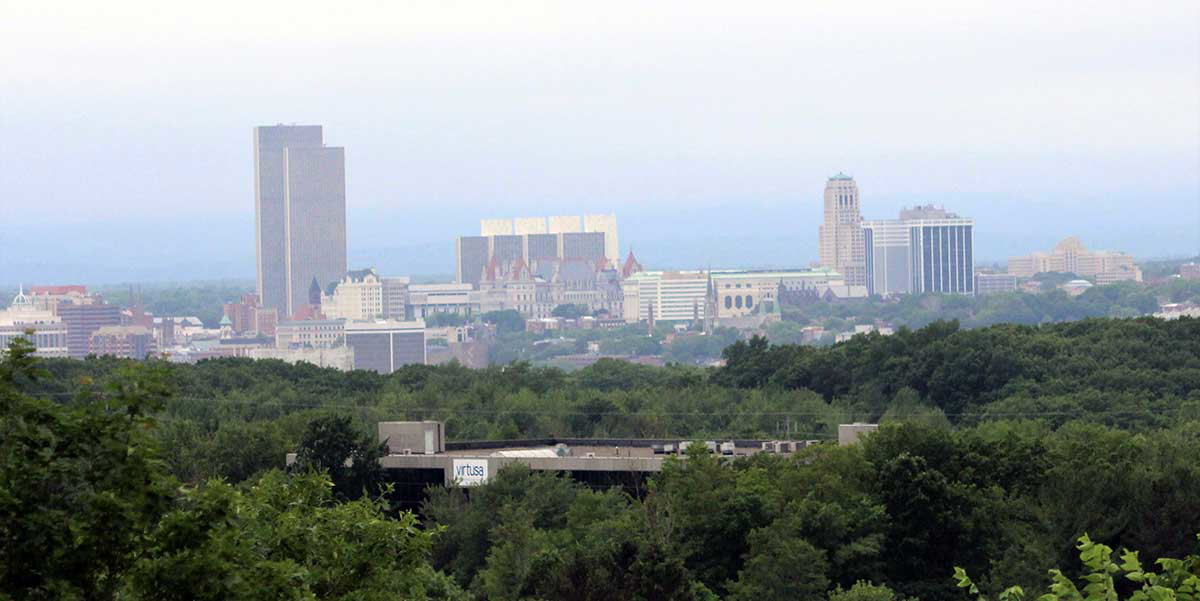
Albany, the capital of New York State, was formally chartered as a city in 1686; however, its history as a settlement stretches further back to the beginning of the 17th century, and started with Dutch traders who built Fort Nassau on Castle Island (which is now called the Port of Albany). This was primarily a fur-trading post, which drew hostility from the French and the Indigenous people who wanted to control the trade. Fort Nassau was damaged by flooding in 1618, but replaced by Fort Orange, built on the mainland in 1624.
The fort and the surrounding areas became known as the town of Beverwijck or “Beaverwick” in English. It was taken by the English in 1664 and renamed Albany, but recaptured by the Dutch in 1673 and renamed Willemstadt. The following year, the English took permanent possession of the city.
Over the centuries that have followed, Albany has become a significant hub for culture and the arts, many of which are reflected in the city’s architecture. Of note are the Albany Institute of History and Art and Ten Broeck Mansion, as well as the New York state Museum.
Today, Albany is a thriving city of 100,000 people in the State Capital area, and over 1 million people in the greater metro area.
7. Plymouth, Massachusetts
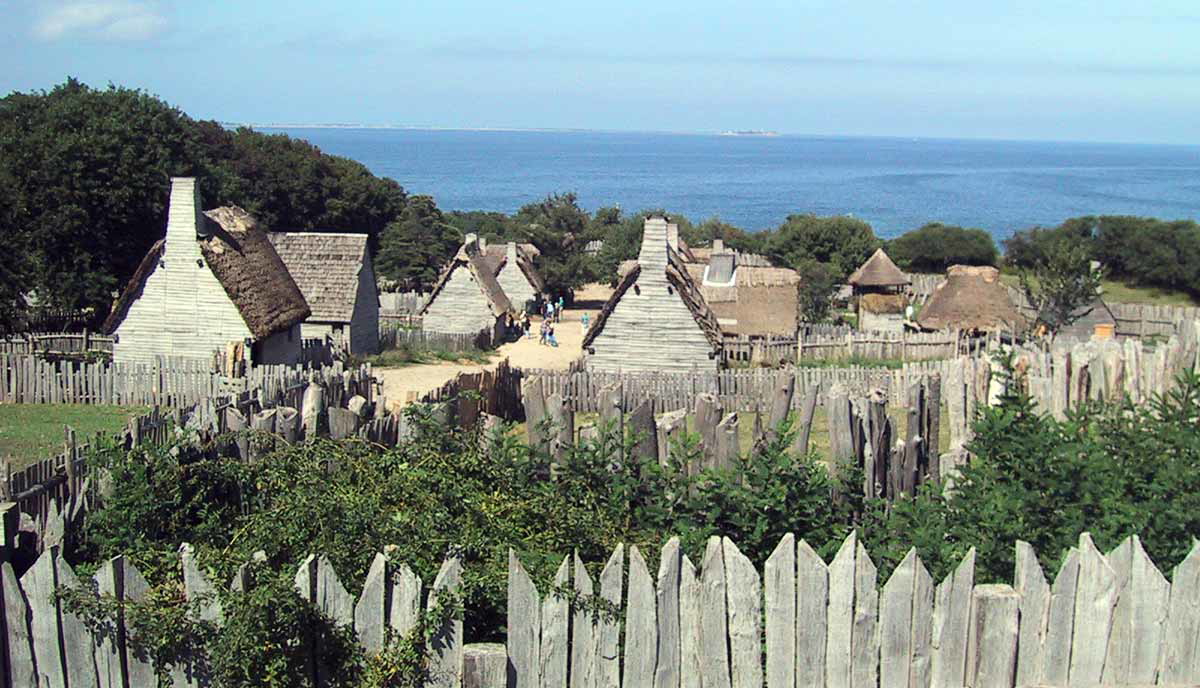
One of the most famous historical sites in the United States, Plymouth Rock is where the Pilgrims landed on December 21, 1620, when they arrived in the New World on board the Mayflower.
Unprepared for the challenges that lay ahead, the settlers were beset by the harsh winter and famine. Almost half the original 102 settlers died. Their fortunes were changed, however, thanks to the compassion shown by a local Indigenous tribe, the Wampanoag, who shared their food with the struggling Pilgrims, and taught them how to fish, hunt, and cultivate crops in their new home.
Armed with this knowledge, the Pilgrims were able to turn Plymouth into a successful and prosperous town. Today, the town is home to more than 60,000 people as well as the oldest continually operating museum in the country, the Pilgrim Hall Museum.




